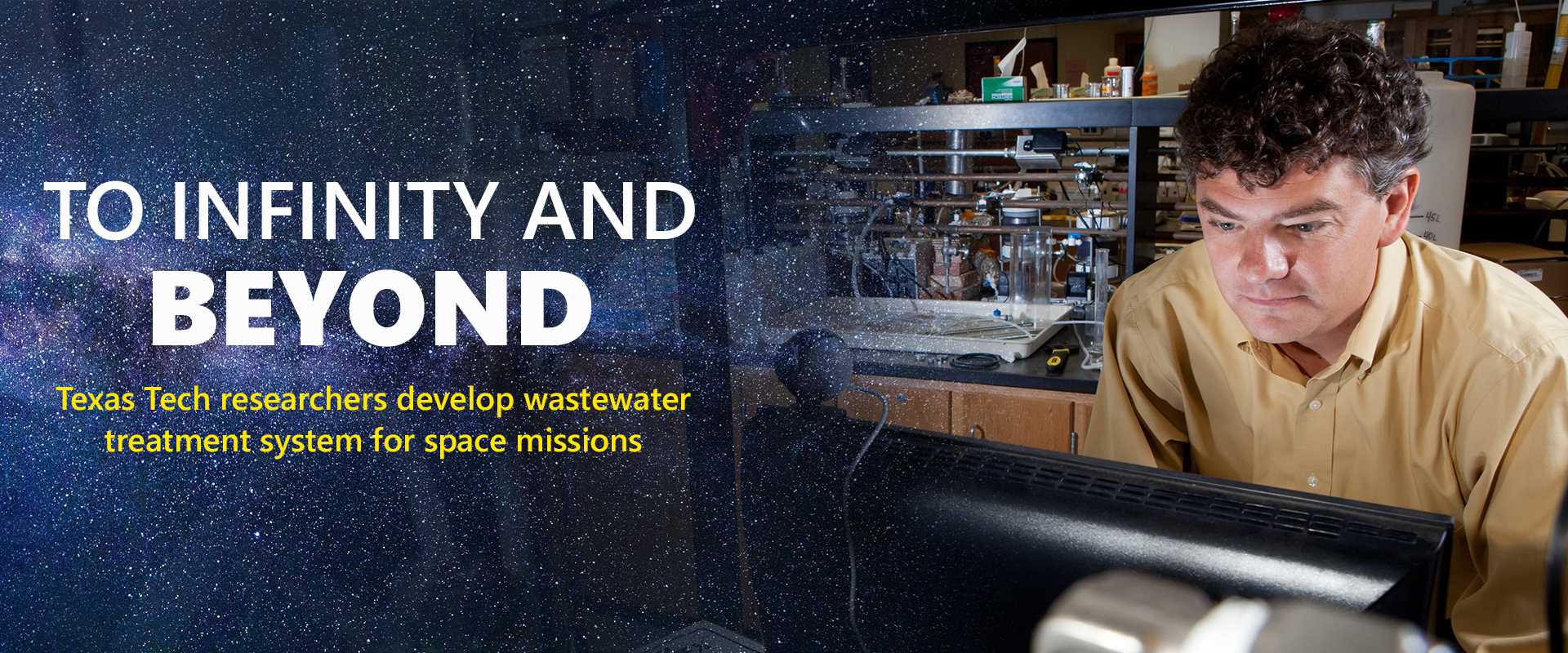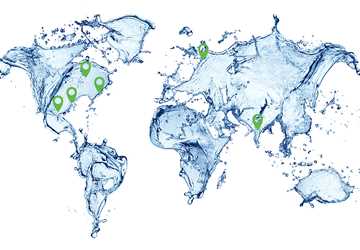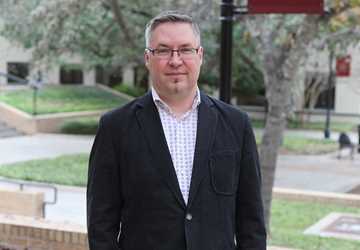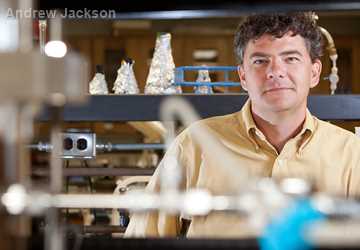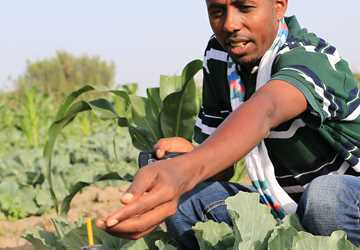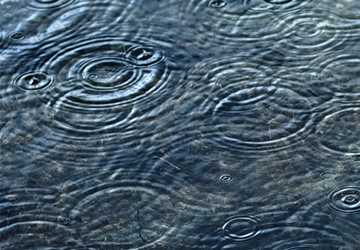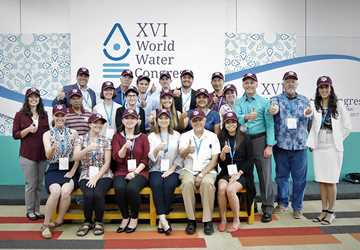What if you had to bring all of the water you needed with you everywhere you went? That could get expensive, not to mention inconvenient and cumbersome.
That is exactly what astronauts have to do.
Astronauts living on the International Space Station get their water from U.S. and Russian cargo ships when supplies are replenished as well as from recycled wastewater and humidity condensate. They are limited to using less than a gallon a day while the average American uses 35 gallons per day, according to NASA.
But even using less than a gallon a day would quickly diminish the water supply, if not for recycling.
For long distance travel from Earth to be possible, NASA requires a water recycling process that recovers 99 percent of the wastewater. Currently at the International Space Station, wastewater is recycled at a rate of roughly 90 percent. After repeated recycling, less and less water would remain, at which point new water would need to be delivered.
A group of Texas Tech University scientists is researching how to make the most of every drop of water during space missions using close-looped recycling to efficiently turn wastewater into drinking water.
Texas Tech University researchers are researching the incorporation of biological wastewater treatment into space habitation water recycling systems, using close-looped recycling to efficiently turn wastewater into drinking water.
More information
“It becomes impractical to export water to another planet; you’ve got to reuse it over and over,” said Dr. Andrew Jackson, professor in Texas Tech’s Department of Civil, Environmental and Construction Engineering. “It gets really expensive to send mass into space.”
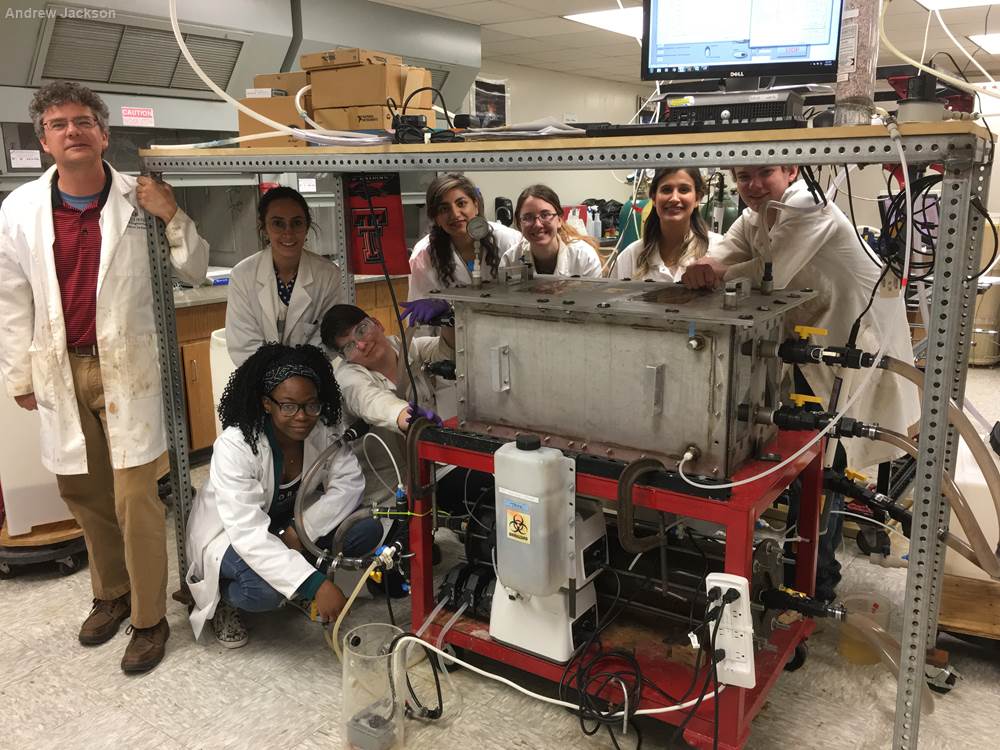
Jackson and his team, which includes former Texas Tech faculty member Dr. Audra Morse, currently professor and chair in the Department of Civil and Environmental Engineering at Michigan Technological University, have been researching the incorporation of biological wastewater treatment into space habitation water recycling systems since 2003.
Sustaining space travel through biological water treatment
Biological water treatment, or the use of microorganisms such as bacteria to breakdown contaminants, is a frequently used step in municipal wastewater treatment.
“On Earth, biological treatment has been used as the foundation to treat our waste before it is returned to the environment and reused, since it is low cost, sustainable and self-regenerating,” Jackson said.
The self-regenerative component is the microorganisms, which reproduce, preventing the need to supply, store or replace parts in the biological wastewater treatment process.
Jackson and his group developed CoMANDR, a bioreactor used in space that could replace the current pretreatment process, which uses more consumables and requires hazardous chemicals.
On Earth, biological treatment has been used as the foundation to treat our waste before it is returned to the environment and reused, since it is low cost, sustainable and self-regenerating.
Jackson said once water is pretreated, most of the problematic substances are removed or reduced, but the water must then go through the desalination process, which removes salts and other remaining contaminants, creating potable water.
Partnering with Paragon
In a Small Business Technology Transfer grant awarded by NASA, Jackson’s team partnered with Paragon Space Development Company to create the Integrated Water Recovery Assembly (IRA). The IRA will combine the bioreactor developed at Texas Tech with Paragon’s water filtration technology, resulting in an integrated biological wastewater treatment system designed for space missions.
“Our system recovers nearly 100 percent of the water,” Jackson said.
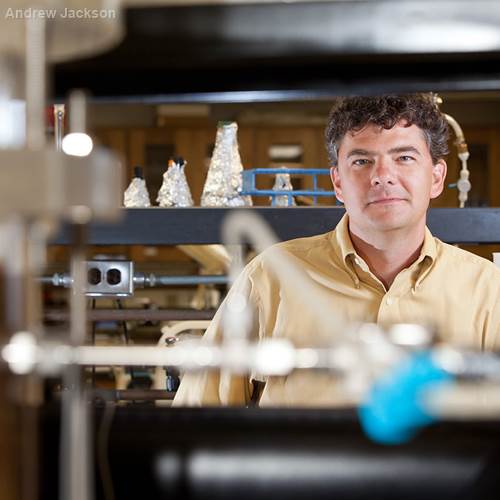
Since water used daily could be recycled at this rate, the amount of water needed on a mission would be significantly less no matter what the length of the trip is, allowing more room for other equipment to be stored.
Jackson said the success of this research could lead to the IRA being installed in the International Space Station or more likely on Mars or at lunar bases for long-term missions, resulting in a more sustainable human presence in space.
Recycling water in a microgravity environment
Another factor the researchers had to consider when recycling wastewater in space is microgravity, or very weak gravity in which people and objects appear weightless. Most water treatment and filtration systems on Earth rely on gravity to help move water through the treatment process and separate solids and gases from liquids.
“The ability to have a bioreactor operate in space increases the possibility for having a permanent footprint outside the Earth, and it was made possible because of the microgravity issue that was resolved,” Jackson said.
Inside the CoMANDR, waste-eating bacteria grow on hollow tubes from which oxygen is supplied.
“On Earth we commonly bubble air through water to provide oxygen but in space this cannot be done as the bubbles will not separate from the water,” Jackson said.
The membranes inside CoMANDR allow oxygen to cross to the bacteria without forming bubbles, resulting in bubble-free aeration, lower aeration costs and control of off-gases and odors.
The outcome involves a flight experiment, because no one has ever flown with a bioreactor for wastewater treatment before.
“As far as I’m aware, we’re the only group working on bioreactors for space, at least in the United States,” Jackson said. “There are groups in Europe and China, but we may be the only group currently working on microgravity-compatible bioreactors.
He said they are providing the groundwork to prove a bioreactor can and will work by demonstrating that it is functional and sustainable in space habitation systems.
“The outcome involves a flight experiment, because no one has ever flown with a bioreactor for wastewater treatment before,” Jackson said.
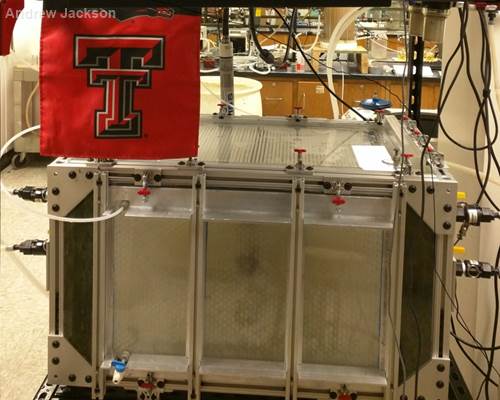
More and more benefits
Not only is the CoMANDR a sustainable portion of a life support system, Jackson said it can also facilitate other processes such as plant growth for food or oxygen generation by providing needed nutrients.
According to Jackson, the ability to operate bioreactors in microgravity will enable astronauts to grow their own food in space, and in the future could help to allow bioreactors that have the means to create plastics, fuel and pharmaceuticals.
“We can’t afford to continually ship mass off Earth to resupply space habitats; they have to be somewhat self-sufficient, and I believe that bioreactors can play a critical role in an overall sustainable life support system,” he said.
Our research is important because we have the potential to impact future missions at NASA, making long-term habitation in space possible and giving humans a sustainable presence extraterrestrially.
Possible uses on Earth
Here on Earth, the CoMANDR could benefit communities with poor water quality or serve to replace outdated wastewater treatment technology. Jackson said it could be used during disaster relief to protect surface water, flying reactors in and using them for treatment in camps or temporary housing, and at military bases in remote areas where water cannot be delivered because of security risks.
Based on the promising results to date, Jackson earned a three-year, incremental grant worth $500,000 from the NASA Shared Services Center in February 2018. This allows him to continue his research at Texas Tech on close-looped recycling.
We can’t afford to continually ship mass off Earth to resupply space habitats; they have to be somewhat self-sufficient, and I believe that bioreactors can play a critical role in an overall sustainable life support system.
“Water is the biggest mass consumable for life support; our work focuses on making that process more sustainable,” Jackson said. “Our research is important because we have the potential to impact future missions at NASA, making long-term habitation in space possible and giving humans a sustainable presence extraterrestrially. Certainly we hope it will be chosen by NASA for missions to space.”
Explore this Issue
Authors
As a communications specialist for TWRI, Sarah Dormire works with the institute's communications team leading graphic design projects including TWRI News, flyers, brochures, reports, documents and other educational materials.

